
recherchiert im öffentlichen Raum nach dessen Bestand von Zeichen, Utopien und Vorstellungen meiner Herkunft, einer Gesellschaft im Wandel.
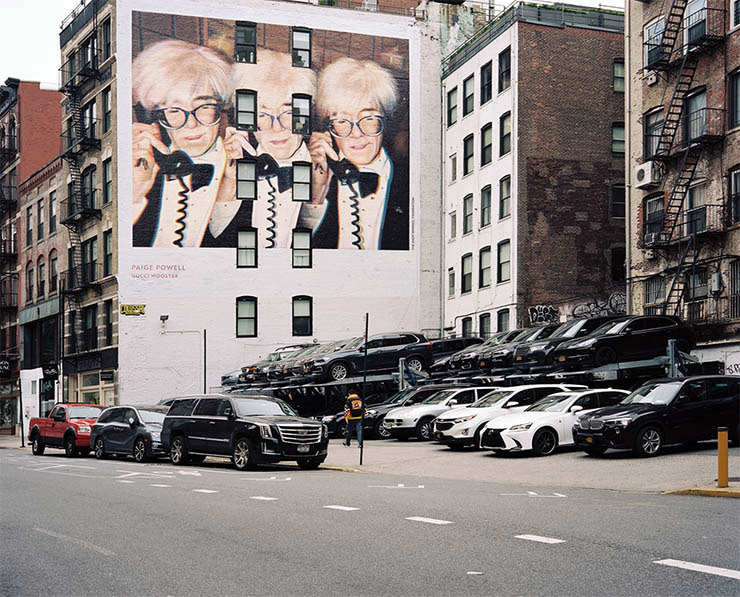
sind rar, zeitlich und räumlich begrenzt. Die Serie befragt den stetigen Gestaltwandel der Metropole. New York City– 'never sleeps'.

spürt der Frage nach, welche ästhetischen und gesellschafts- politischen Utopien der Weltraum zu entfesseln vermochte– im Alltag.
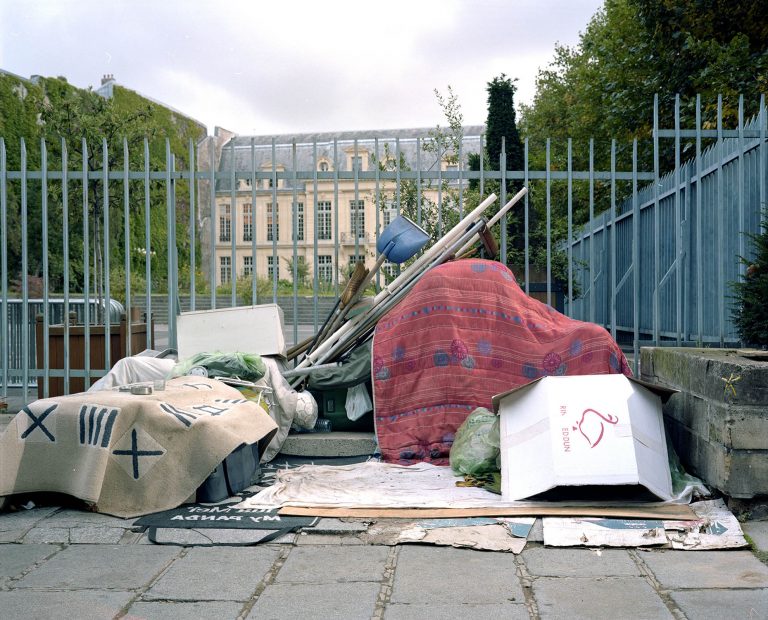
dokumentiert das Arrangement zwischen öffentlichem Raum und dem zum privaten Lebensraum erklärten– in Besitz genommenen Ort. (ca. 60 analoge Fotografien)

ist eine Metapher befragt als Phänomen das Verhältnis von Mensch und Natur. Nebel kann beängstigende Ungewissheit oder fruchtbaren Denkraum assoziieren.
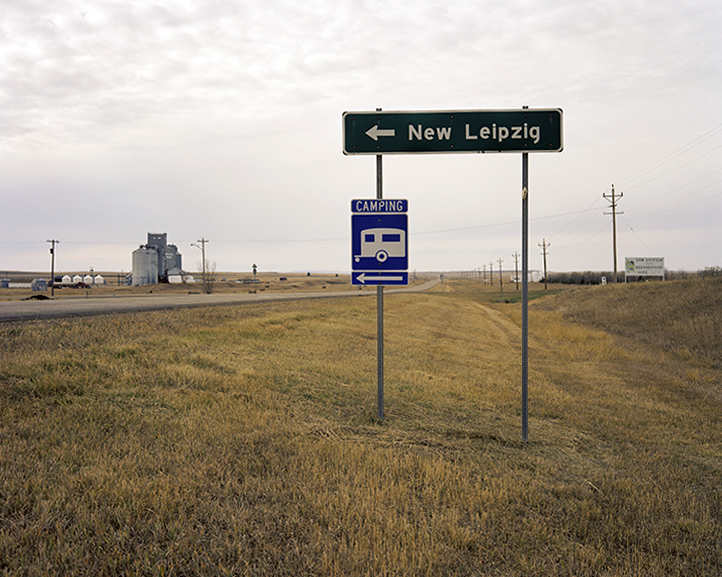
– deutscher Alltag oder amerikanischer Traum? Ist New Leipzig und Home Of Oktoberfest Beobachtung oder Behauptung, Fiktion oder Wirklichkeit?
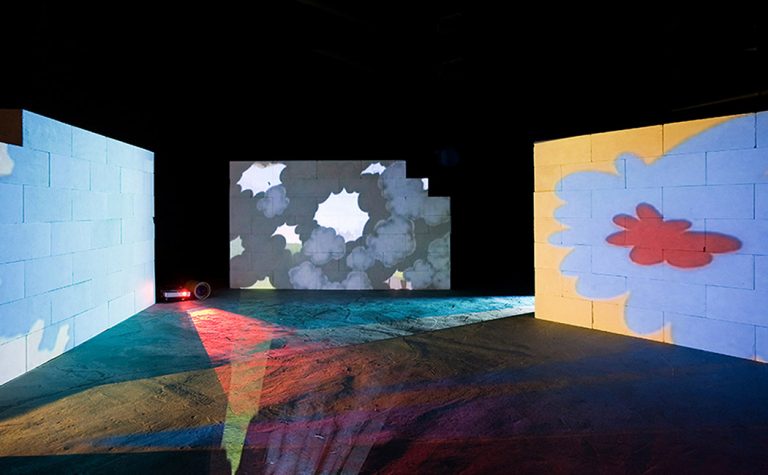
Tom & Jerry“, Katze und Maus, Gut und Böse, Held und Anti-Held, stark und schwach, –ein uns vertrauter Dualismus. Ein Ping- Pong- Spiel aufblitzender Explosionen und Tonzitate überrascht.
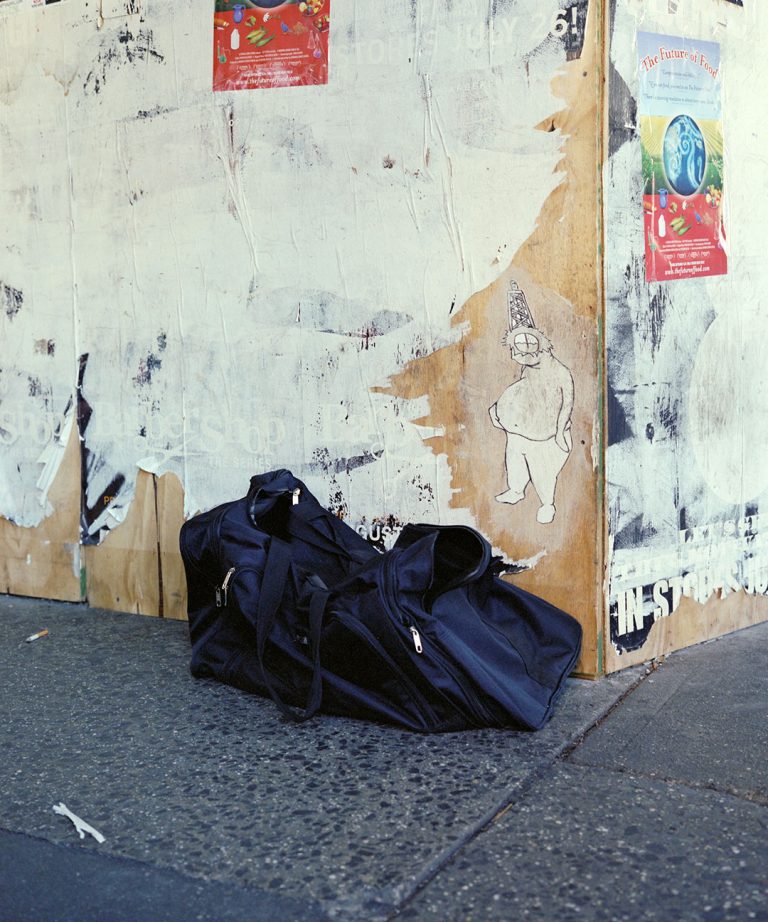
In der New Yorker Subway werden Personen und Gepäck auf Verdacht kontrolliert. In den Strassen stehen Objekte scheinbar ohne Aufsicht. Verdächtig? Dokumentation oder Verschwörung?

Der Kiosk befragt als Symbol den Geltungsanspruch einer Unternehmenskultur, die sich über den Warenabsatz hinaus die Ausformulierung einer bestimmten Lebensart wirtschaftlich nutzbar macht.









